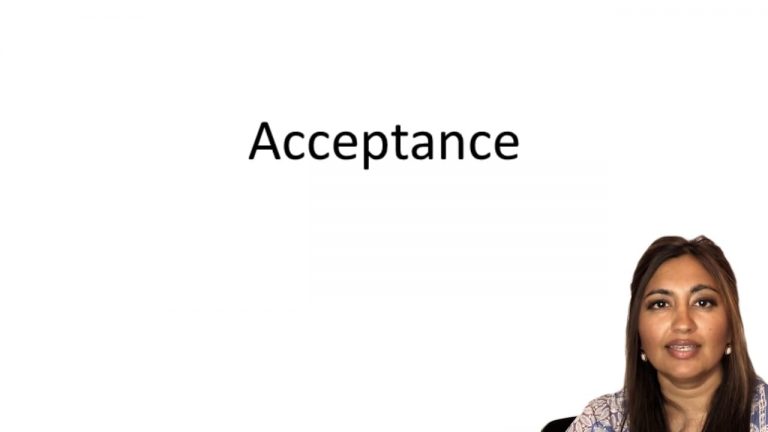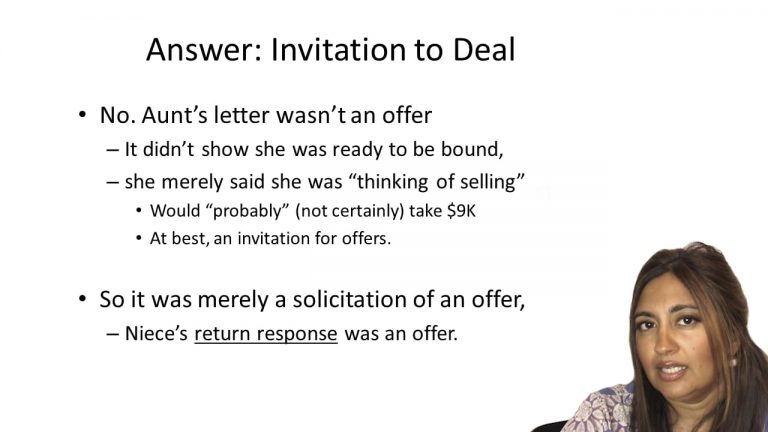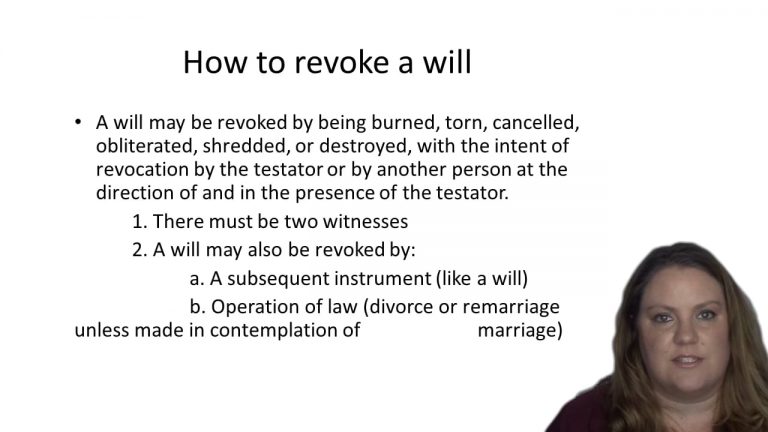SmartBrief
Confirm favorite deletion?
Contracts Keyed to Blum
Hendricks v. Behee
Citation:
786 S.W.2d 610 (1990)Facts
Behee was interested in buying the Smiths’s home. Behee made an offer of $42,500 for the home on March 2nd. Behee paid an escrow of $5,000 as a deposit on this offer. On March 3rd, this offer was mailed to the Smith’s by their real estate agent. On March 4th, the Smiths agreed to the offer and signed it. On either March 5, 6, or 7th, Behee, before he knew that the Smiths had accepted the offer, withdrew his offer by notifying the Smith’s real estate agent. The Smiths claimed that a contract had already been formed and therefore, the money in the deposit belonged to them.
Only StudyBuddy Pro offers the complete Case Brief Anatomy*
Access the most important case brief elements for optimal case understanding.
*Case Brief Anatomy includes: Brief Prologue, Complete Case Brief, Brief Epilogue
- The Brief Prologue provides necessary case brief introductory information and includes:
Topic:
Identifies the topic of law and where this case fits within your course outline.Parties:
Identifies the cast of characters involved in the case.Procedural Posture & History:
Shares the case history with how lower courts have ruled on the matter.Case Key Terms, Acts, Doctrines, etc.:
A case specific Legal Term Dictionary.Case Doctrines, Acts, Statutes, Amendments and Treatises:
Identifies and Defines Legal Authority used in this case.
- The Case Brief is the complete case summarized and authored in the traditional Law School I.R.A.C. format. The Pro case brief includes:
Brief Facts:
A Synopsis of the Facts of the case.Rule of Law:
Identifies the Legal Principle the Court used in deciding the case.Facts:
What are the factual circumstances that gave rise to the civil or criminal case? What is the relationship of the Parties that are involved in the case.Issue(s):
Lists the Questions of Law that are raised by the Facts of the case.Holding:
Shares the Court's answer to the legal questions raised in the issue.Concurring / Dissenting Opinions:
Includes valuable concurring or dissenting opinions and their key points.Reasoning and Analysis:
Identifies the chain of argument(s) which led the judges to rule as they did.
- The Brief Prologue closes the case brief with important forward-looking discussion and includes:
Policy:
Identifies the Policy if any that has been established by the case.Court Direction:
Shares where the Court went from here for this case.
Topic Resources
Topic Videos
 19m 28s
19m 28s 11m 57s
11m 57s 2m 29s
2m 29sTopic Refresher Course
